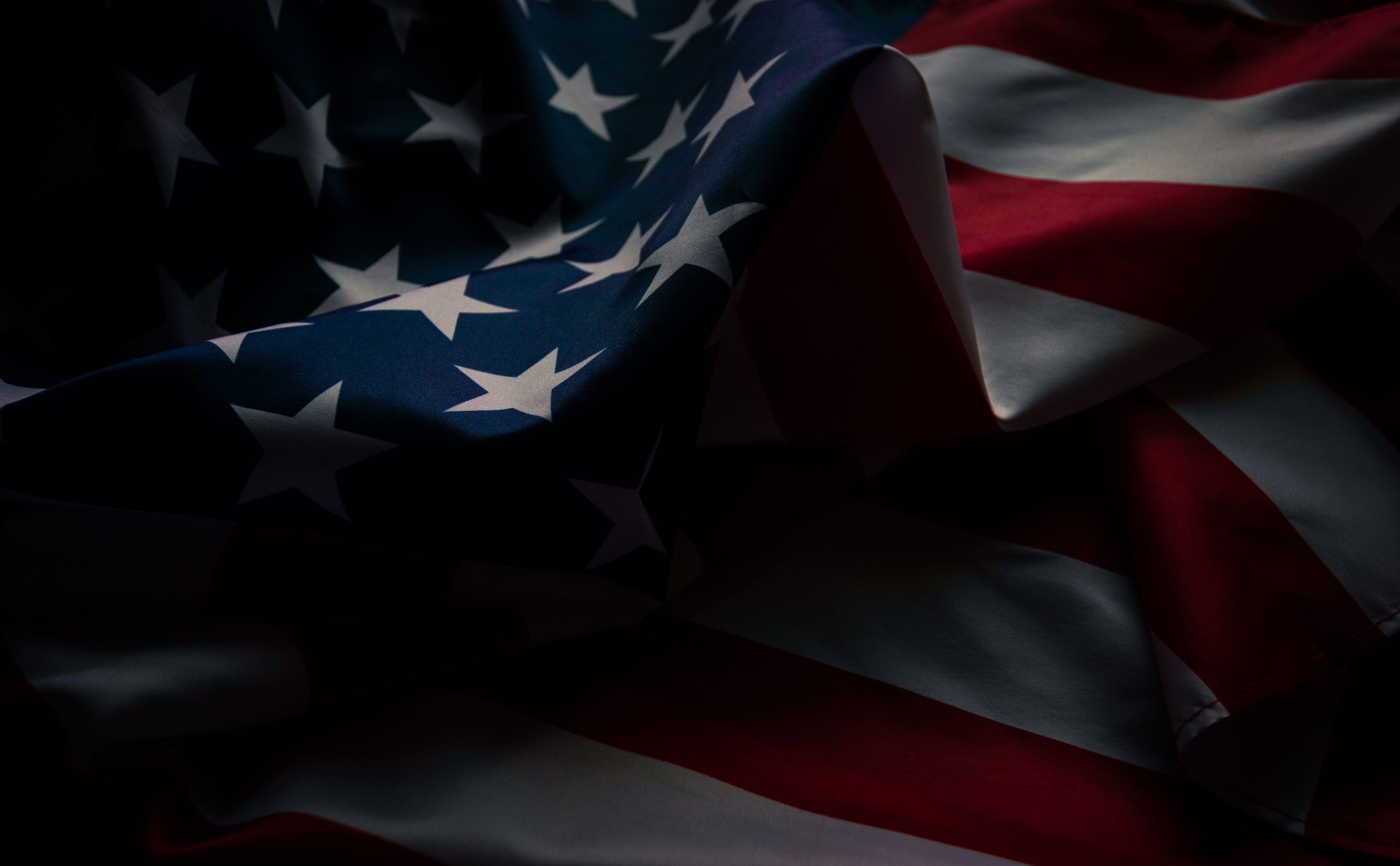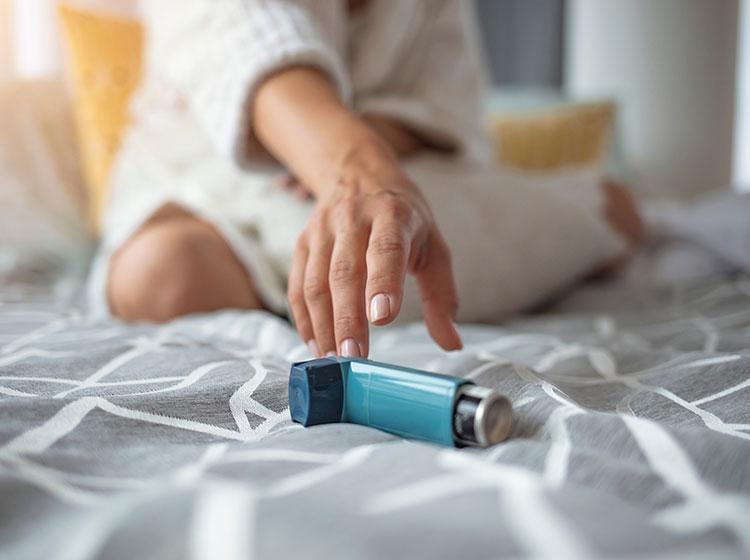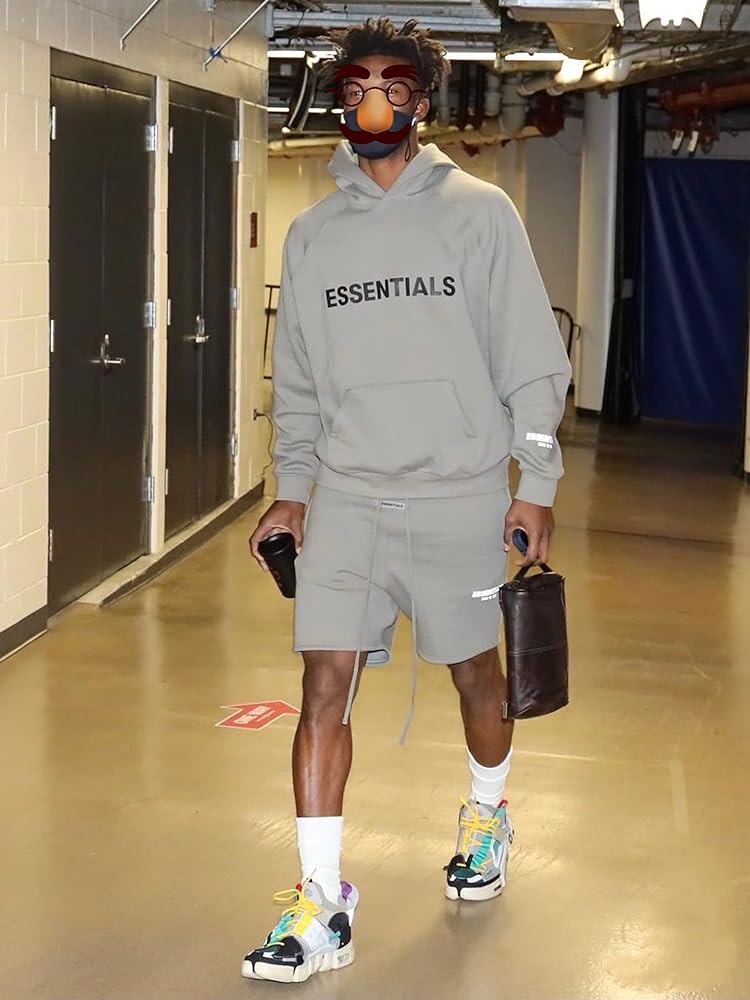How to Care for Your Essentials Clothing

When it comes to essentials clothing, proper care can significantly extend the lifespan of your favorite pieces. Whether it’s a go-to T-shirt, a comfortable pair of jeans, or a versatile jacket, knowing how to maintain these items ensures they stay in great condition and continue to look good. This guide will walk you through everything you need to know about caring for your essentials clothing, from washing and drying to storing and repairing. How to Care for Your Essentials Clothing
Understanding Your Essentials Clothing
Before diving into the specifics of Essentials clothing care, it’s important to understand what constitutes essentials clothing. These are the staple items in your wardrobe that you wear frequently and rely on for various occasions. Typically, essentials clothing includes:
- T-shirts and tops
- Jeans and pants
- Jackets and coats
- Sweatshirts and hoodies
The fabric composition of these items can vary widely, including materials like cotton, polyester, denim, and blends. Each type of fabric requires different care techniques to maintain its quality.
Reading the Care Labels
Care labels are your best friend when it comes to maintaining your essentials clothing. They provide crucial information about how to properly wash, dry, and care for your items. Here’s a quick rundown of common care label symbols:
- Washing tub: Indicates machine wash and recommended water temperature.
- Triangle: Bleaching instructions.
- Square: Drying methods.
- Iron: Ironing temperature.
- Circle: Dry cleaning instructions.
General Washing Tips
Proper washing is key to keeping your essentials clothing in top shape. Here are some general tips:
- Sort Your Laundry: Separate clothes by color (whites, darks, colors) and fabric type.
- Choose the Right Detergent: Use a mild detergent for most items and a specialized detergent for delicates or activewear.
- Water Temperature Guidelines: Cold water for darks and delicates, warm water for colors, and hot water for whites and heavily soiled items.
Washing Specific Types of Essentials Clothing
Washing Cotton Essentials
Cotton is durable but can shrink if not washed properly. Wash in cold or warm water and tumble dry on low heat.
Washing Synthetic Fabrics
Synthetics like polyester are less prone to shrinking but can retain odors. Wash in cold water and avoid high heat drying.
Washing Delicate Items
For delicate items like silk or lace, use a gentle cycle and place them in a mesh laundry bag. Air dry to prevent damage.
Drying Essentials Clothing
Air Drying vs. Machine Drying
Air drying is gentler on clothes and helps prevent shrinkage and fabric damage. Machine drying is convenient but can be harsher.
Best Practices for Air Drying
Hang clothes on a line or lay them flat on a drying rack. Avoid direct sunlight to prevent fading.
Tips for Using a Dryer
Use the lowest heat setting and remove clothes promptly to avoid wrinkles. Consider using dryer balls to reduce static.
Ironing and Steaming Essentials Clothing
When to Iron vs. Steam
Ironing is best for crisp, wrinkle-free results, especially on cotton and linen. Steaming is gentler and ideal for delicate fabrics.
Proper Ironing Techniques
Iron clothes inside out on the recommended heat setting. Use a pressing cloth for delicate fabrics to avoid scorch marks.
Benefits of Steaming
Steaming is quick and can refresh clothes without direct contact. It’s perfect for items that can’t be ironed.
Storing Your Essentials Clothing
Ideal Storage Conditions
Store clothes in a cool, dry place away from direct sunlight. Use cedar balls to repel moths.
Folding vs. Hanging
Fold knitwear and T-shirts to prevent stretching. Hang jackets, coats, and dresses to maintain their shape.
Using Storage Solutions
Invest in quality hangers, garment bags, and storage bins to keep your clothes organized and protected.
Dealing with Stains
Immediate Actions
Treat stains as soon as possible by blotting with a clean cloth. Avoid rubbing, which can set the stain.
Stain Removal Techniques
Use appropriate stain removers for different types of stains. For example, enzyme-based cleaners work well on protein stains.
Stain Prevention Tips
Wear an apron while cooking and be mindful of makeup and lotions that can transfer to clothes.
Maintaining the Shape and Fit
Avoiding Stretching
Don’t overload your washer or dryer, and avoid hanging heavy items that can stretch out.
Using Garment Bags
Use garment bags for items that need extra protection, like suits and dresses.
Rotating Your Wardrobe
Regularly rotate your wardrobe to ensure even wear and tear on all items.
Repairing and Mending Essentials Clothing
Basic Sewing Skills
Learn simple sewing techniques to fix minor issues like loose buttons or small tears.
When to Seek Professional Help
For major repairs or alterations, consider taking your clothes to a professional tailor.
Extending the Lifespan of Your Clothes
Regularly check for signs of wear and address them promptly to prevent further damage.
Eco-Friendly Clothing Care
Sustainable Washing Practices
Wash full loads to save water and energy. Use eco-friendly detergents that are biodegradable.
Eco-Friendly Detergents
Look for detergents that are free from harmful chemicals and have minimal packaging.
Reducing Water and Energy Usage
Opt for cold water washes and line drying whenever possible to reduce your environmental footprint.
Traveling with Essentials Clothing
Packing Tips
Roll clothes instead of folding to save space and reduce wrinkles.
Minimizing Wrinkles
Pack a small travel steamer or use the hotel iron to touch up wrinkled clothes.
Quick Fixes for Travel Mishaps
Carry a stain remover pen and a mini sewing kit for on-the-go fixes.
Common Mistakes to Avoid
Overwashing
Washing clothes too frequently can cause wear and tear. Spot clean when possible.
Ignoring Care Labels
Always follow the care instructions on the label to avoid damaging your clothes.
Using Too Much Detergent
Too much detergent can leave residue and make clothes feel stiff. Use the recommended amount.
Conclusion
Caring for your essentials clothing doesn’t have to be complicated. By following these tips, you can keep your favorite pieces looking fresh and new for longer. Remember, a little extra effort in maintenance can go a long way in preserving the quality and longevity of your wardrobe.
FAQs
How often should I wash my essentials clothing?
It depends on the item and how often you wear it. Generally, wash T-shirts and underwear after every wear, jeans after 3-4 wears, and jackets and coats less frequently, depending on use.
Can I use bleach on my essentials clothing?
It’s best to avoid bleach unless the care label specifically allows it. Bleach can weaken fibers and cause discoloration.
What’s the best way to remove wrinkles without an iron?
A garment steamer is a great option. You can also hang clothes in the bathroom while you shower to let the steam release wrinkles.





